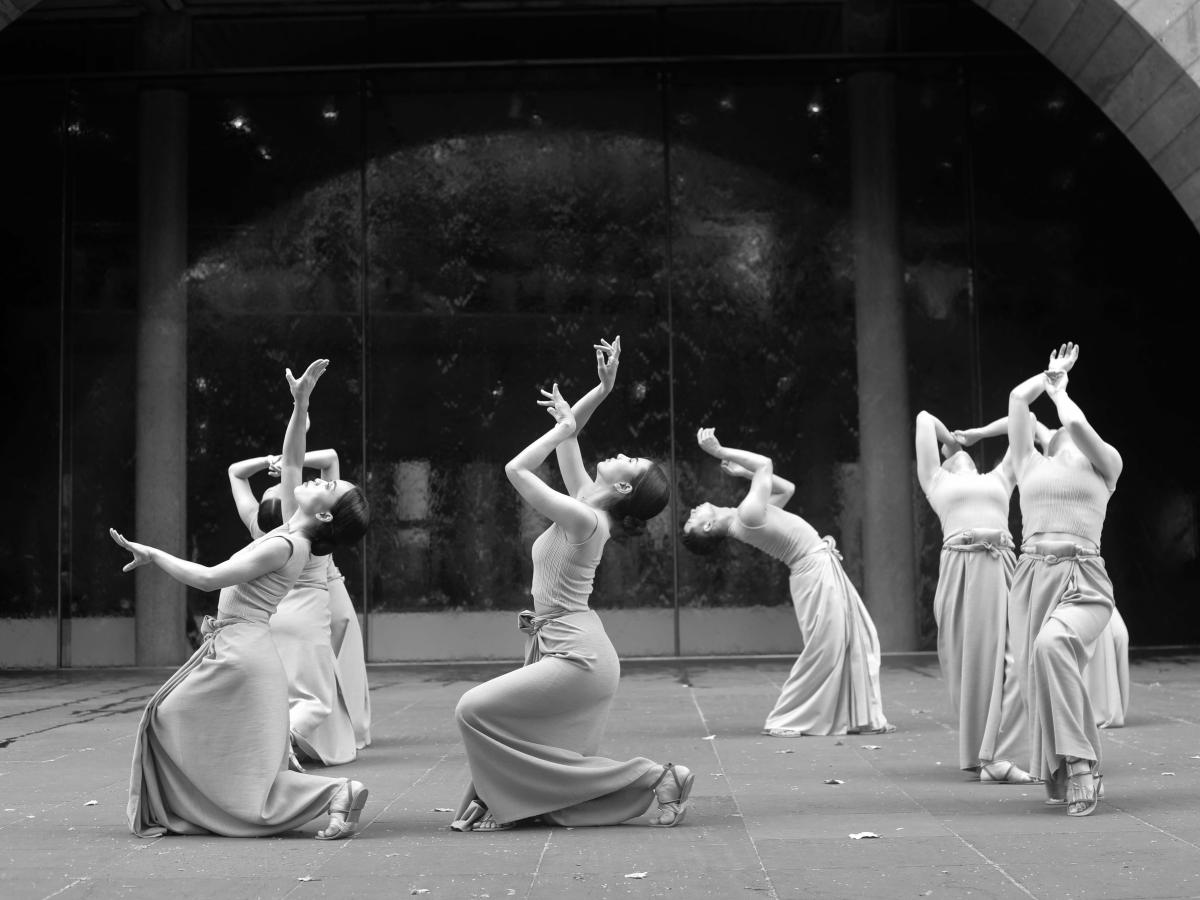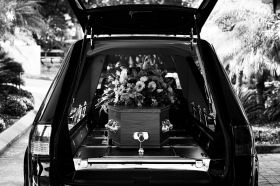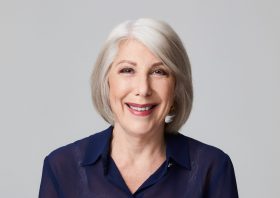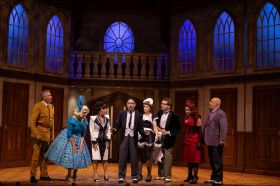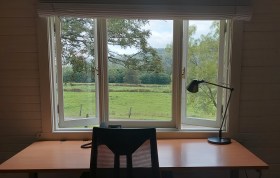Multiverse at Mapping Melbourne 2016. Images by Deshani Berhardt.
Arts organisations who ignore diversity do so at their own peril, the Australia Council’s new CEO Adrian Collette said in a recent interview with the ABC.
Advocates for inclusion and equality in the arts have long highlighted the need for change, and the sector may be starting to listen. This week, conversations about diversity in the creative industries take centre stage at the Fair Play Symposium, presented in Melbourne by Diversity Arts Australia (Wheeler Centre, 26 & 27 February).
But are we on the cusp of genuine transformation, or is this just more virtue signalling from a sector which makes an artform of good intentions?
Despite decades of protestations and pleas for cultural products that reflect our dynamically diverse and evolving identity, the Australian cultural landscape remains stubbornly monocultural. The pockets of authentic and courageous representation across the domains of programming, audience development, employment and of course, leadership, interestingly emanate most often from the small to medium sector.
What this sector has been quick to realise is that there is enormous benefit in diversifying one’s cultural engagement. New and untold stories, critical lenses that sharpen our cultural acuity, transformative practices, and opportunities to build new audiences are the ingredients of artistically and culturally diverse engagement. These are assets that the cultural sector desperately needs in order to maintain relevance, revitalise audiences and continue to build its reputation for contemporary and innovative practices.
But the conversation needs to move on. We have to stop asking why diversity in the arts is important. We definitely need to stop asking culturally diverse and disabled artists to justify the case for inclusion. Instead, we need to start asking how we get there and who is really doing the heavy lifting on our journey to equality. The responsibility for change has fallen disproportionately to diverse and disabled artists and their organisations. These groups have shouldered the responsibility for our collective obligation to be inclusive, fair and egalitarian when it comes to the cultural products that get made and seen.
Diversity and inclusion are everybody’s responsibility. Everybody benefits from breaking down barriers to participation so that the arts can become a central pillar of our democratic society, and not just a ‘nice to have’ for cultural elites. Universal access doesn’t just benefit those who experience barriers – it’s universal, meaning everyone benefits.
The journey to diversity and inclusion in the arts needs to be paved with more than just good intentions. It’s difficult to find a proponent of the arts who doesn’t also espouse the values of fairness and equality. When the conversation remains unremittingly about values, nothing seems to change. What we need is to park our good intentions, and come ready for action.
So, what kind of actions will propel us forward? This is where the challenge resides. Because truthfully, the key actions that underpin change involve some people relinquishing things that they hold dear, principle among these being power. There is power in deciding whose voices and narratives are acknowledged, whose work is funded, developed and showcased. There is power in jobs and roles and titles. When these locations of power reflect only the dominant paradigms – white, male, affluent, institutional, connected – it’s almost impossible to achieve change that isn’t tokenistic or symbolic.
Structural and systemic change requires a different kind of commitment. It requires people who hold power to think deeply about how they wield that power, and who benefits from that power. We need them to make choices that cede power, and privilege others for whom the getting of power remains structurally out of reach. We need them to recognise that being a good ally is an action, not just a set of values. It’s what you do, not just what you say.
In the arts, this means looking critically at what work is being supported and why, and who is making choices about whose work is supported. It means looking for opportunities across all cultural domains, not just audience development (which ultimately serves organisations more than it does diverse communities). It means that organisations actively recruit diverse and disabled people, including in positions of power and decision making. It is a complete falsehood that there are no candidates from these communities who are work ready; we are more than ready. We are capable and raring to go. This is particularly true in the context of leadership. It is the discriminatory and narrow framing of leadership that keeps diverse and disabled leaders out of the boardroom and executive offices. Again, not our change to make.
As we embark on two days of exciting, much needed discussion about diversity and inclusion in the arts, let’s not kid ourselves that our values around diversity and inclusion are all we need to achieve change. Let that be a given. Let’s commit to actions that achieve change, through empowering the self-determination of diverse and disabled artists and their communities.

